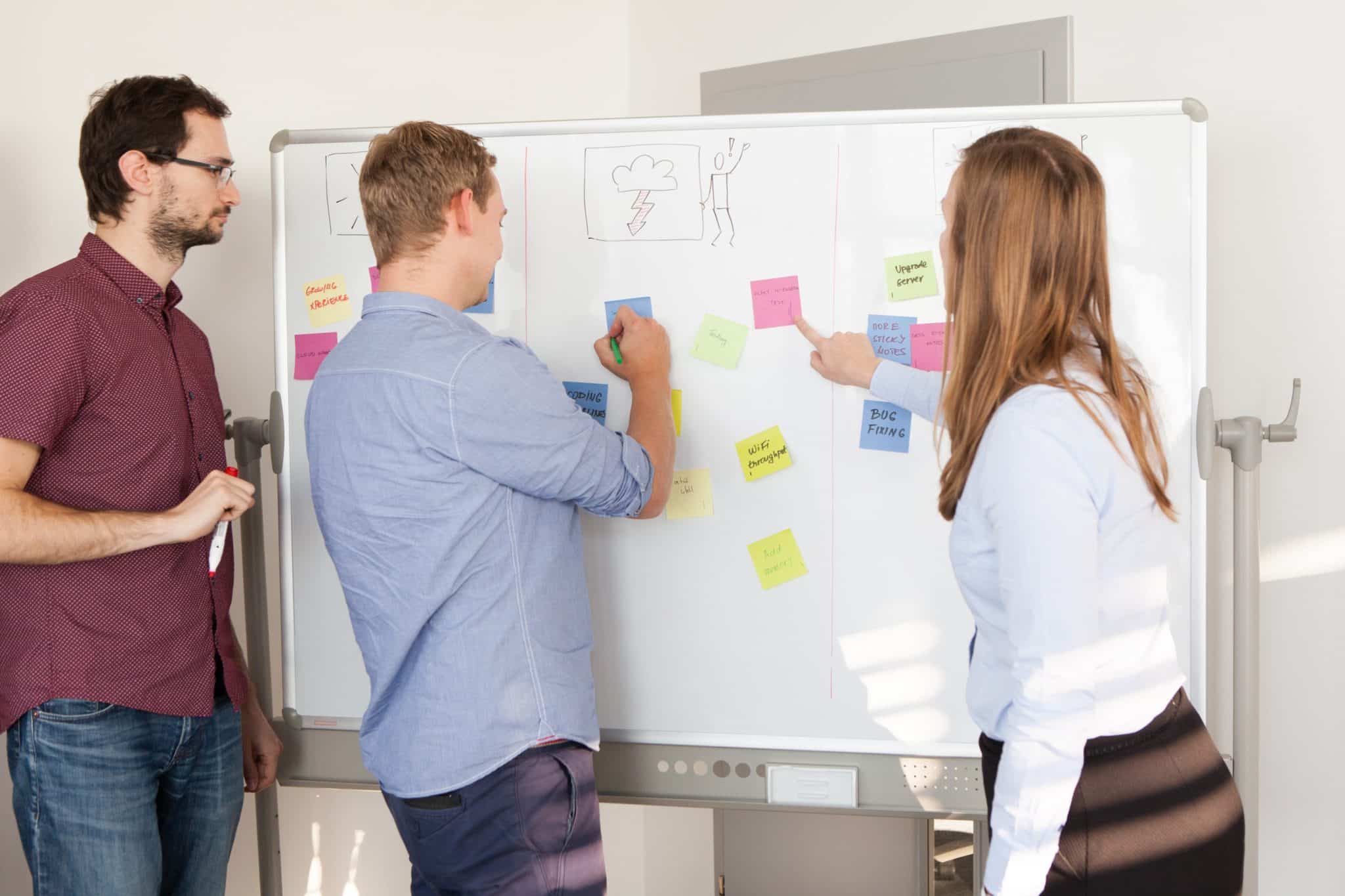Laboratory automation systems are crucial for enhancing efficiency, accuracy, and productivity in various scientific, research as well as production domains. Agile software development methodologies prioritise flexibility, collaboration and iterative development, while classical requirements engineering focuses on meticulous documentation and analysis of requirements. Integrating these approaches can mitigate the potential challenges associated with rapid changes, and forms the foundation for the evolving needs during software development in innovative environments.
Proposed Solution
The proposed solution is to merge classical requirements engineering methods with agile practices, thereby enhancing the development of a laboratory automation system. This hybrid approach involves:
- Requirements Elicitation and Analysis: Conducting thorough stakeholder interviews and workshops to capture detailed and unambiguous requests. This information will be analysed and structured using classical methods such as natural language and UML diagrams according to the most adequate requirements perspectives, e.g. structure, behaviour and status as well as requirements traceability matrices.
- Documentation: Creating a comprehensive requirements specification document that serves as the sole source of truth for the project. This document will define functional and non-functional requirements in an adequate requirements engineering tool (e.g., Polarion, codebeamer, jama connect, etc.) as well as user stories and acceptance criteria in service management tools (e.g., JIRA, Azure DevOps, etc.). All product requirements are then traced to different requirements sources such as product objectives, customer requests, norms and standards, regulations and test cases.
- Agile Implementation: Employing agile principles such as iterative development, continuous integration and frequent feedback. The project will be divided into manageable sprints, with regular reviews enabling stakeholders to inspect the progress and determine future adaptations.
- Continuous Verification and Validation: Regularly verifying and validating the evolving system against the documented requirements. This process ensures early detection of deviations and facilitates timely corrective actions.
Benefits
The integration of classical requirements engineering methods with agile software development for a laboratory automation system project offers several key advantages:
- Improved Stakeholder Communication: An iterative and structured requirements elicitation process ensures stakeholder involvement, while comprehensive requirements documentation ensures that stakeholder expectations are well understood and accurately addressed, reducing misunderstandings and conflicts.
- Regulatory Compliance: The rigorous requirements analysis (starting with the product vision going through its derived objectives and derived requirements) and its documentation align the project with regulatory standards, ensuring the system meets industry-specific compliance requirements.
- Reduced Scope Creep: Having clear and detailed requirements, based on stakeholder involvement and with known sources, reduces the likelihood of scope creep by providing a well-defined project scope that can be managed throughout development.
- Enhanced Project Tracking: Traceability matrices and well-defined acceptance criteria facilitate accurate tracking of progress, allowing teams to identify and address deviations early.
- Predictable Delivery: The hybrid approach enables a more predictable project delivery timeline by creating synergies between the flexibility of the agile method with the stability of classical requirements engineering.
Conclusion
Incorporating classical requirements engineering methods into agile software development for a laboratory automation system project is a strategic move to ensure the successful development of a high-quality solution that aligns with stakeholder needs, regulatory requirements and project timelines. This hybrid approach capitalises on the strengths of both methodologies, fostering collaboration, transparency and adaptability throughout the development lifecycle. By combining the strengths of both methodologies, the project aims to ensure efficient development, alignment with stakeholder needs, and timely delivery of a robust and adaptable solution.

